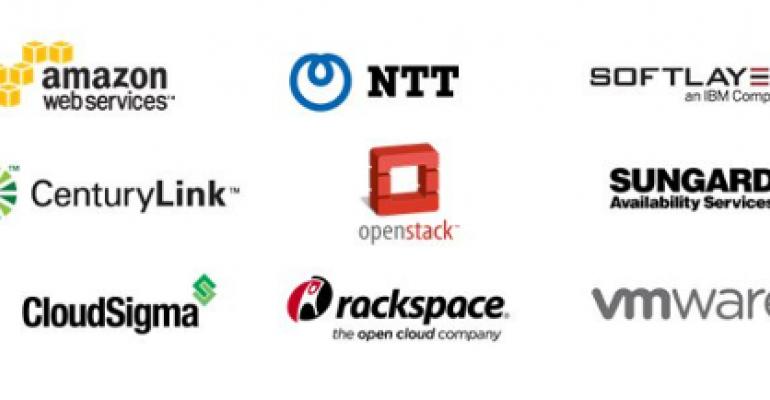RackWare, a provider of intelligence and automation management software, has added cloud disaster recovery capabilities into the latest version of its software. RackWare Management Module (RMM) 3.0 adds simple disaster recovery to any cloud and helps prevent vendor lock-in, according to the vendor.
The company’s software is often used for migrating physical workloads into or out of any cloud. It has been expanding into complementary capabilities, such as auto-scaling and now easy cloud disaster recovery.
CEO and co-founder Sash Sunkara said customers often first use Rackware to either migrate and or map out and assess a deployment. Those customers often stick around and use it for auto-scaling and management. The new disaster recovery capability extends RMM's use further.
Rackware recently raised more than $7 million and passed the 200-customer mark. It has several partnerships in place with data center and cloud providers, including IBM SoftLayer, CenturyLink and Peer 1. Many of its customers are partners that use it on a wide scale. CenturyLink, for example, used it extensively for migrating customers into its cloud.
After raising some money, the company has been building complementary technology around moving and managing workloads and applications. Sunkara, who is also a co-founder, said disaster recovery was not only one of the most demanded capabilities, but also the logical next step for the company.
The newly added capability provides whole-server protection and failover. It’s an alternative but not necessarily a replacement to more expensive DR options, such as running a fully replicated data center architected for high-availability or clustering technologies.
RackWare's benefits over traditional disaster recovery are set-up speed and simplicity. Workloads are protected in as little as an hour, compared to days and weeks it takes to deploy more complex disaster recovery options.
The disaster recovery in RMM 3.0 is already being used in production by a few select customers. Sunkara said the limited access period helped the company gather feedback and fine-tune the product. It’s now widely available.
“Disaster recovery is an essential element of any business IT,” Sunkara said. “However, so far enterprises have been limited to either complex, expensive high-availability solutions or tape backup solutions with lengthy restoration times, not ideal for a business that needs to get back up and running quickly after an outage or natural disaster. With today’s launch of RackWare Management Module 3.0, we extend our intelligent automation and policy framework to enable business-critical use cases.”
Key new functionality inRMM 3.0 includes:
- Cloning of production servers – enabling full replication of the operating system, applications and data from production servers into cloud recovery instances
- Incremental synchronization – changes in the operating system, applications and data are all synchronized to the recovery instances as the production instances change, only differences are transmitted, saving bandwidth and resources
- Cloud-to-Cloud – production and recovery instances span heterogeneous cloud infrastructure or remain in the same infrastructure, across Amazon Web Services, Rackspace, VMware, SoftLayer and OpenStack, among others
- Physical-to-Cloud – physical production servers in traditional data centers can be protected by cloned instances into any cloud
- Failover – should an outage occur on the production system, the recovery instance is fully synchronized and automatically takes over workload processing
- Failback – once the production server is restored, the recovery instance synchronizes all changes that took place during the outage back to the production server for normalized operations
- Complete protection – Recovery Time Objective (RTO) and Recovery Point Objectives (RPO) exceed expectations by expanding the scope of disaster recovery to include workloads that are normally underprotected





